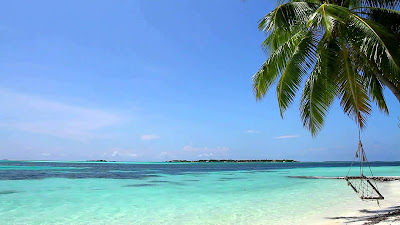Running the Experiment

Hi everyone! The second week of data collection was a success! So far, I've gotten through about 60 people and I am on track to reach my goal of 90 participants. It's been pretty tiring running the experiment all by myself, but I am almost done with the experimental phase. As promised, I'll explain the changes I made to the procedure and how the first two weeks went down. Me trying to wrangle college students ( Image source ) First of all, I decided to do away with the control group , because I realized that the best method was to compare any changes in stress to a participant's baseline expectation: no change at all. It would be a waste of time to measure the differences in bio-data before and after five minutes of regular standing, as there would be no change in reported stress levels. After the first two attempts at obtaining control data, I was greeted with confused faces and disappointment at the lack of "cool VR tech to play with." Also, I deci

